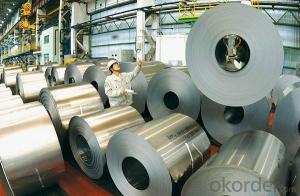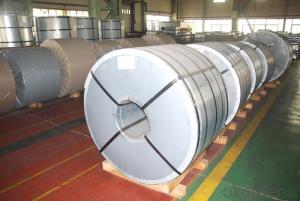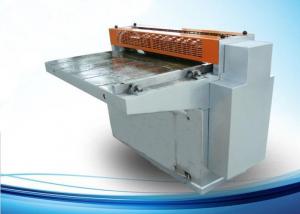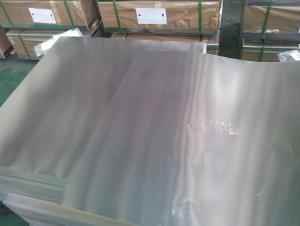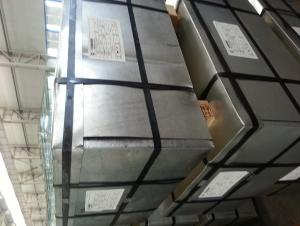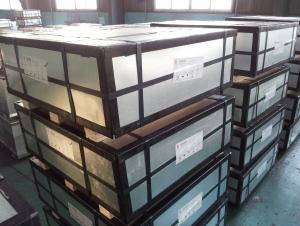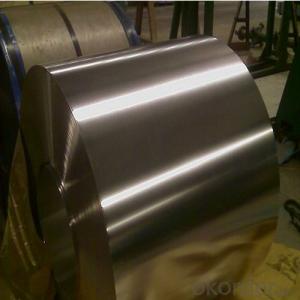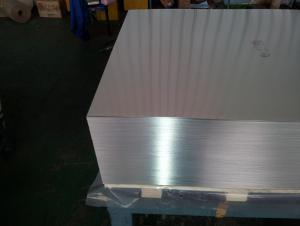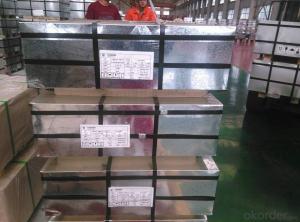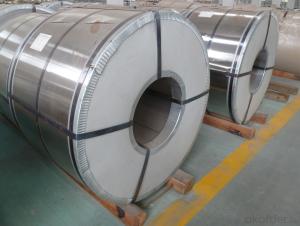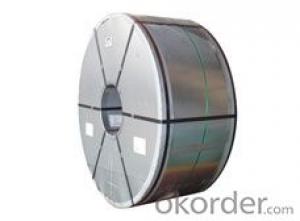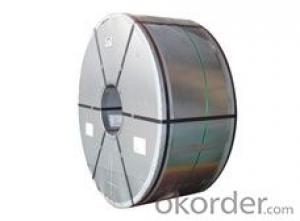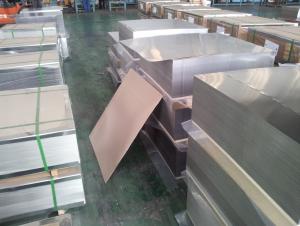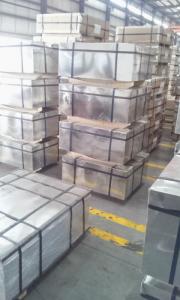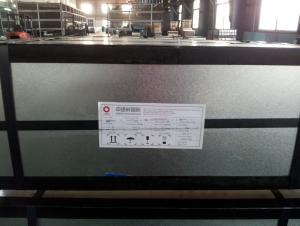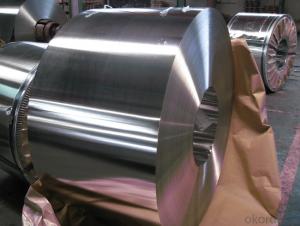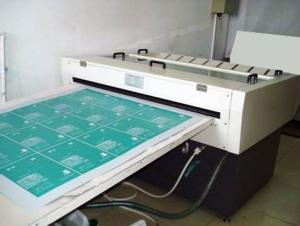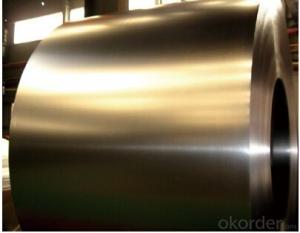Arcelormittal Tinplate
Arcelormittal Tinplate Related Searches
Thyssenkrupp Tinplate Tinplate Coating Tinplate Material Italy Tinplate Tinplate Iron Tinplate Metal Tinplate China Lacquered Tinplate Printed Tinplate Spte Tinplate Spain Tinplate Tinplate Products Tinplate Tins Tinplate Printing Tinplate Products Ltd South Africa Tinplate Printing Tinplate Tinplate Production Turkey Tinplate Tinplate Purchasing Corp Tinplate Packaging Rasselstein Tinplate Tinplate Company Tinplate Uk Tinplate Recycling Buy Tinplate Tinplate Printing Machine Tinplate Manufacturers Tinplate Factory Tata TinplateArcelormittal Tinplate Supplier & Manufacturer from China
Arcelormittal Tinplate is a high-quality product that is widely recognized for its durability and versatility. This product is made from steel that has been coated with a thin layer of tin, making it suitable for a variety of applications. The tin coating provides excellent corrosion resistance and also enhances the product's appearance, making it ideal for use in the manufacturing of food and beverage cans, as well as in the automotive and construction industries. The unique properties of Arcelormittal Tinplate make it a popular choice for a range of industries, where its performance and reliability are paramount.Arcelormittal Tinplate is used extensively in the production of various consumer goods, thanks to its ability to maintain the integrity of the contents while providing an aesthetically pleasing finish. Its applications span across different sectors, including food and beverage packaging, where it ensures the safety and preservation of products; automotive, where it is used in the manufacturing of car parts; and construction, where it is employed in roofing and cladding systems. The product's versatility and robustness make it a preferred choice for businesses looking to enhance their product offerings and meet the demands of their customers.
Okorder.com is a reputable wholesale supplier of Arcelormittal Tinplate, boasting a large inventory that caters to the needs of various industries. By partnering with Okorder.com, businesses can access a reliable source of high-quality tinplate, ensuring that their production processes are not disrupted and that they can meet the growing demands of their customers. The company's commitment to quality and customer satisfaction makes it a trusted partner for businesses seeking to incorporate Arcelormittal Tinplate into their product lines.
Hot Products
